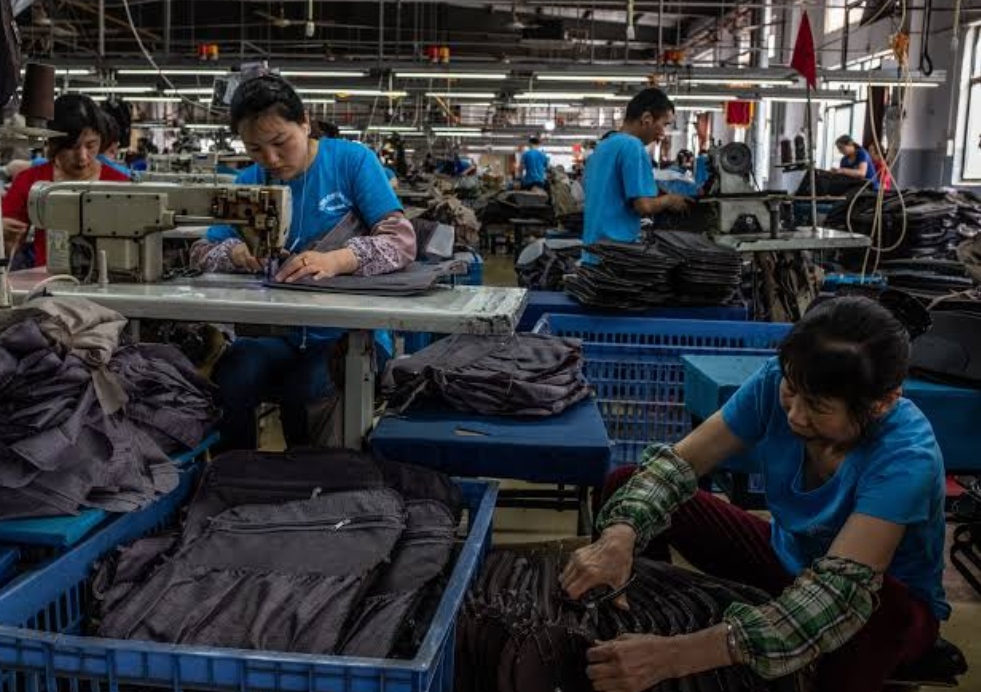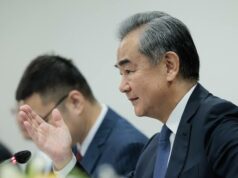China’s foreign trade growth slows in Q3, facing Severe economic challenges

China’s exports and imports growth has slowed in the third quarter amid economic challenges caused by lingering fallouts from the COVID-19 pandemic, electricity shortage as well as a surge in global bulk commodity prices. Though the slowdown is still deemed manageable, it is a cause of huge concern say Chinese economists.
In the first nine months, the country’s foreign trade amounted to 28.33 trillion yuan($4.39 trillion). Over the period, exports rose 22 percent, while imports increased 22.6 percent.
The statistics showed a generally slowing trend for the country’s foreign trade. China’s trade has grown by 15.2 percent in the third quarter, slowing from 25.2 percent growth in the second quarter and 29.7 percent growth registered in the first quarter, the customs data showed.
Besides, China’s exports growth in the first three quarters has slowed by 5.4 percentage points, compared with 28.1 percent in the first two quarters, while slowing by 16 percentage points compared with the 38.7 percent in the first quarter.
China’s imports and exports of September grew by 15.4 percent, 3.5 percentage points lower than that of August.
A spokesperson of the Chinese customs said that there are quite a few negative factors that could influence China’s trade. On the one hand, China’s economic growth will continue to support trade. But the coronavirus uncertainties are also casting shadows.
Experts attributed the trade and exports growth slowdown to a number of factors, including the energy crunch, the price surge of raw materials as well as the lingering coronavirus pandemic.
“China’s exports are entering a downward channel as a result of easing overseas demands and a slowdown in substitution effect, but the sector still has resilience at large and the exports slowdown could be managed in a stable manner,” said Wu Chaoming, chief economist at Chasing Securities.
During the first nine months this year, ASEAN remained China’s largest trade partner, followed by the EU and the US. In particular, China’s trade with the US surged by 24.9 percent. Trade with ASEAN members rose 21.1 percent.
The trade growth slowdown, plus other factors such as rising risks of the real estate and surging raw material costs, also pushed some analysts to anticipate more downward pressure on China’s economy.
“The travail of economic transition has appeared,” Wu said, predicting that China’s GDP could grow at about 5.6 percent in the third quarter, compared with a growth of 7.9 percent in the second quarter.
The aforementioned customs official predicted that China’s fourth-quarter trade growth rate may wane from the same period of 2020.
Source:Global Times



